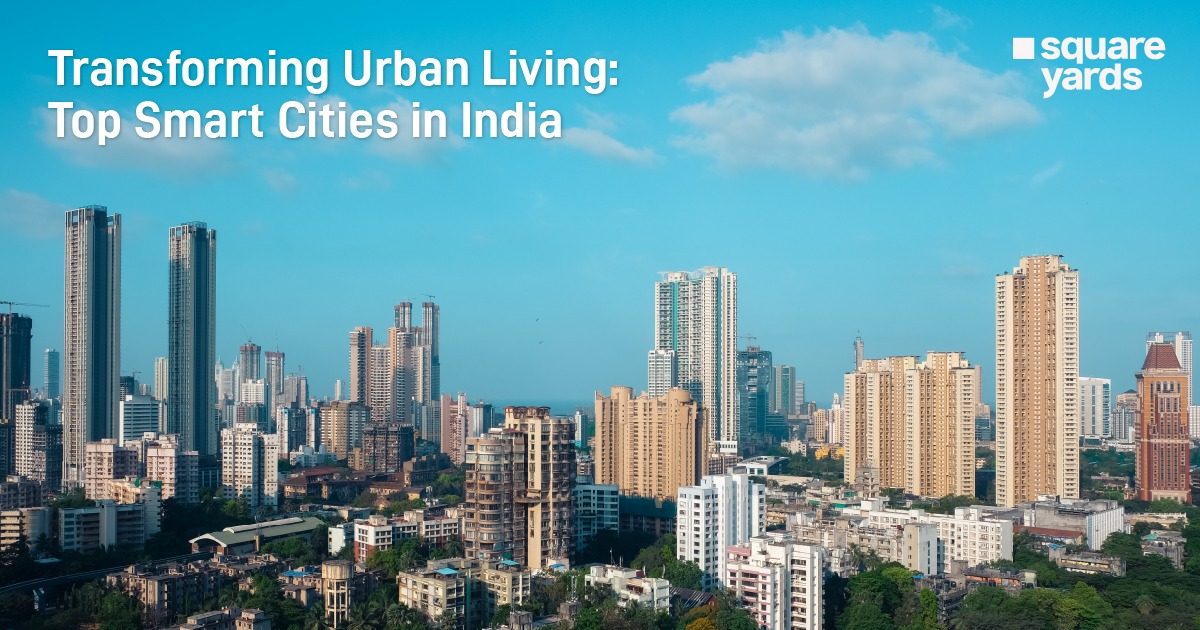India’s rooftop solar capacity installations recorded a 26% year-on-year decline during the January-March period, reaching only 367 megawatts (MW). This decline in installations can primarily be attributed to increased input costs, as reported by Mercom Capital. In comparison, the first quarter of 2023 saw 485 MW of rooftop solar installations in the country.
Challenges and Factors Contributing to the Decline: The decline in rooftop solar capacity installations can be attributed to a few key factors. Firstly, application processing delays faced by residential customers due to oversubscription under the PM SURYA GHAR: MUFT BIJLI YOJANA program hindered progress. Additionally, rising module prices complying with domestic content requirements (DCR) affected the SURYA Gujarat program. Furthermore, the report titled ‘Q1 India Rooftop Solar Market’ released by Mercom Capital identified the industrial segment as the leader in quarterly capacity additions. This segment accounted for almost 57% of installations, while the commercial, residential, and government segments contributed approximately 28%, 14%, and 1.1% of capacity additions, respectively.
Potential for Growth in the Rooftop Solar Sector: Despite the decline in installations, there is still considerable potential for a growth resurgence in India’s rooftop solar sector. Raj Prabhu, CEO of Mercom Capital Group, stated that 2024 could be a breakout year for rooftop solar if the government implements a residential rooftop program with attractive incentives. However, Prabhu noted that there are challenges on the supply side, with a shortage of inverters and certain components, as well as a shortage of skilled labor. These challenges raise concerns over the ability of installers and government agencies to handle the potential rush of installations.
Leading States in Rooftop Solar Additions: Gujarat, Maharashtra, Haryana, Kerala, and Karnataka were the top five states in terms of rooftop solar additions for the quarter. Together, these states accounted for over 67% of the total installations. The decline in rooftop solar capacity installations in India needs to be addressed, especially considering the country’s ambition to increase the share of renewable energy in its overall energy mix. Clearing application processing delays, addressing input costs, and providing better incentives for residential customers could fuel growth in the rooftop solar sector and help India move closer towards its clean energy goals.

























